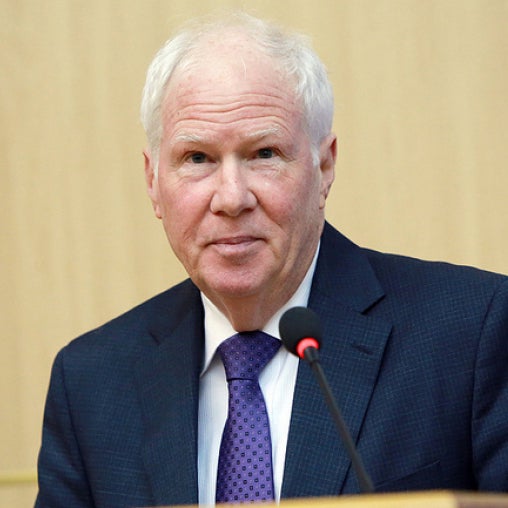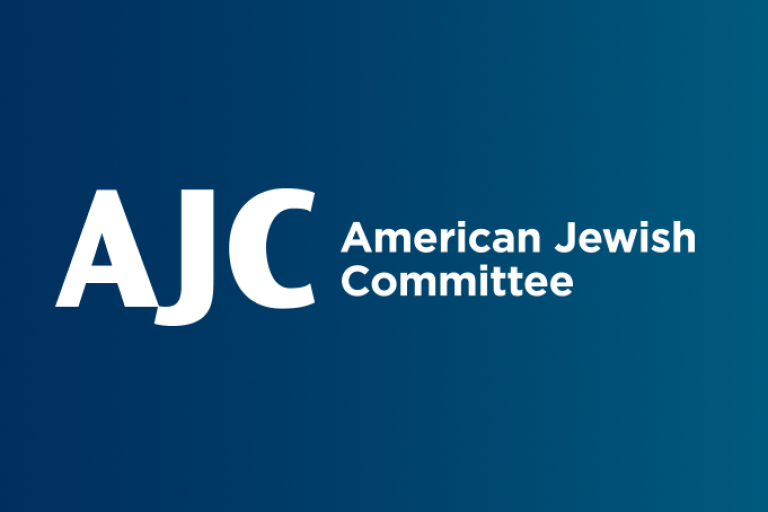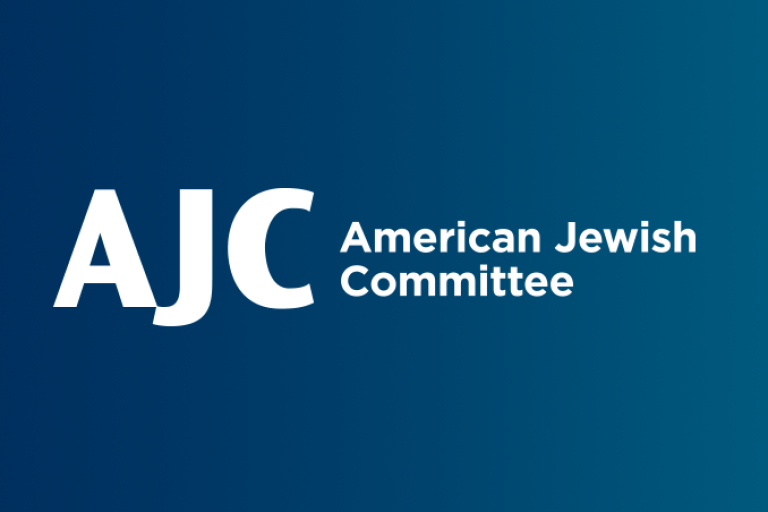October 6, 2020 — New York
This piece originally appeared in The Times of Israel.
In the summer of 2014, a synagogue in Wuppertal, Germany was firebombed. Accepting the explanation of the three Palestinian Germans who committed the arson but told the court they were demonstrating against Israel’s war in Gaza, the judge ruled the attack an act of protest rather than antisemitism.
Jewish leaders and German Federal officials were outraged. Surely, there should be no question that setting fire to a synagogue is an antisemitic act. But even this certainty was in doubt if it involves Israel.
When Europe witnessed a resurgence of antisemitism nearly twenty years ago, many officials dismissed attacks on Jews as political expressions by demonstrators against Israel. By substituting the word “Zionist” for “Jew” it appeared that the most hateful, antisemitic expressions could be excused.
But some pushed back.
Notable among them was US Secretary of State Colin Powell, who told the fifty-five nation Organization for Security and Cooperation in Europe (OSCE) in 2004, “It is not antisemitic to criticize the policies of the state of Israel. But the line is crossed when Israel or its leaders are demonized or vilified, for example by the use of Nazi symbols and racist caricatures.”
The OSCE declared in 2004 that “international developments or political issues, including those in Israel or elsewhere in the Middle East, never justify antisemitism.”
To effectively combat antisemitism, defining it in all its forms was essential. In 2005, the EU’s Monitoring Centre on Racism and Xenophobia (EUMC), drawing on the advice of experts from Europe, Israel and the US, developed a Working Definition of Antisemitism with a set of clear examples. While many recognized hatred and prejudice toward Jews as antisemitism, fewer were aware that stereotypes and conspiracy theories about Jews are antisemitic, and that Holocaust denial is not a subject for historical debate but an attack on Jewish memory. There also were examples relating to Israel such as those described by Secretary Powell.
This comprehensive definition was adopted by the 31 countries of the International Holocaust Remembrance Alliance (IHRA) in 2016. The IHRA Working Definition of Antisemitism has been employed by dozens of countries to aid police and other authorities responsible for monitoring and identifying antisemitic incidents. It is an integral tool in the training of prosecutors and judges.
The UN Secretary General and the European Parliament have recommended that countries use it. The European Council has called on all member states to use it. Nearly 30 countries have adopted it, including Sweden and Spain, which have some of the most strident voices criticizing Israel.
The Working Definition also has received bipartisan American support. The State Department, under Democratic and Republican Administrations, has been using it in its worldwide efforts to monitor antisemitism. Congressional legislation in 2017 recommended its use.
Today, the spread of antisemitism and other forms of group hatred and intolerance on social media is beyond the control of individual governments. That is why Facebook and other social media platforms face increasing calls to curb this incitement. American Jewish Committee (AJC) and many other organizations have recommended using the Working Definition to better identify antisemitism when it appears.
The same critics who have opposed every use of the Working Definition in the past have raised their voices again. If social media companies use the Working Definition to identify and censure antisemitic incitement, these critics say, they may also remove legitimate posts that should enjoy free speech protection. That is possible but those responsible for these monitoring efforts should learn to identify what is antisemitism in the first place.
The European experience makes it difficult to argue that the Working Definition limits speech and inhibits Israel critics. And the First Amendment offers even more robust protection in the United States. Thus, critics are left to claim it will have a “chilling effect” on speech.
But the Working Definition fundamentally is an educational tool to help government authorities and civil society to understand antisemitism and recognize it in its multiple forms. IHRA stipulates that it is a “non-legally binding definition.” It is not a speech code, although we recognize that some people may try to make it one.
The Working Definition is an essential, effective tool in the fight against antisemitism. Like any tool, it can be misused, and we should guard against that. But that is hardly an argument for not employing it at all.
The EU understands this. “You can’t fight what you can’t define. The working definition of antisemitism by the International Holocaust Remembrance Alliance is the benchmark,” Margaritis Schinas, Vice President of the European Commission, said at a recent EU conference.
It is a standard for all who are committed to combating antisemitism, in the US and abroad, on social media and in the physical world. Use it.




